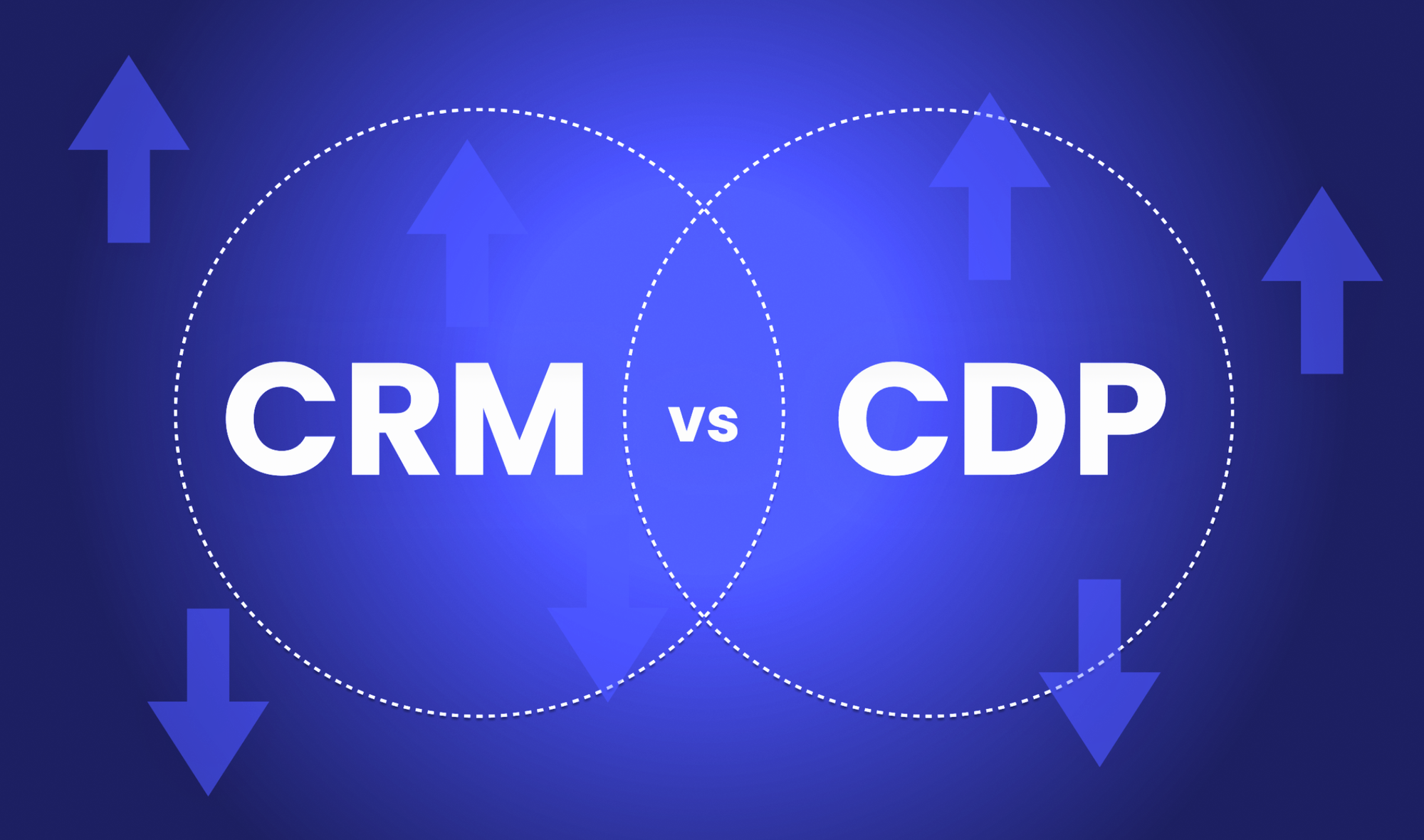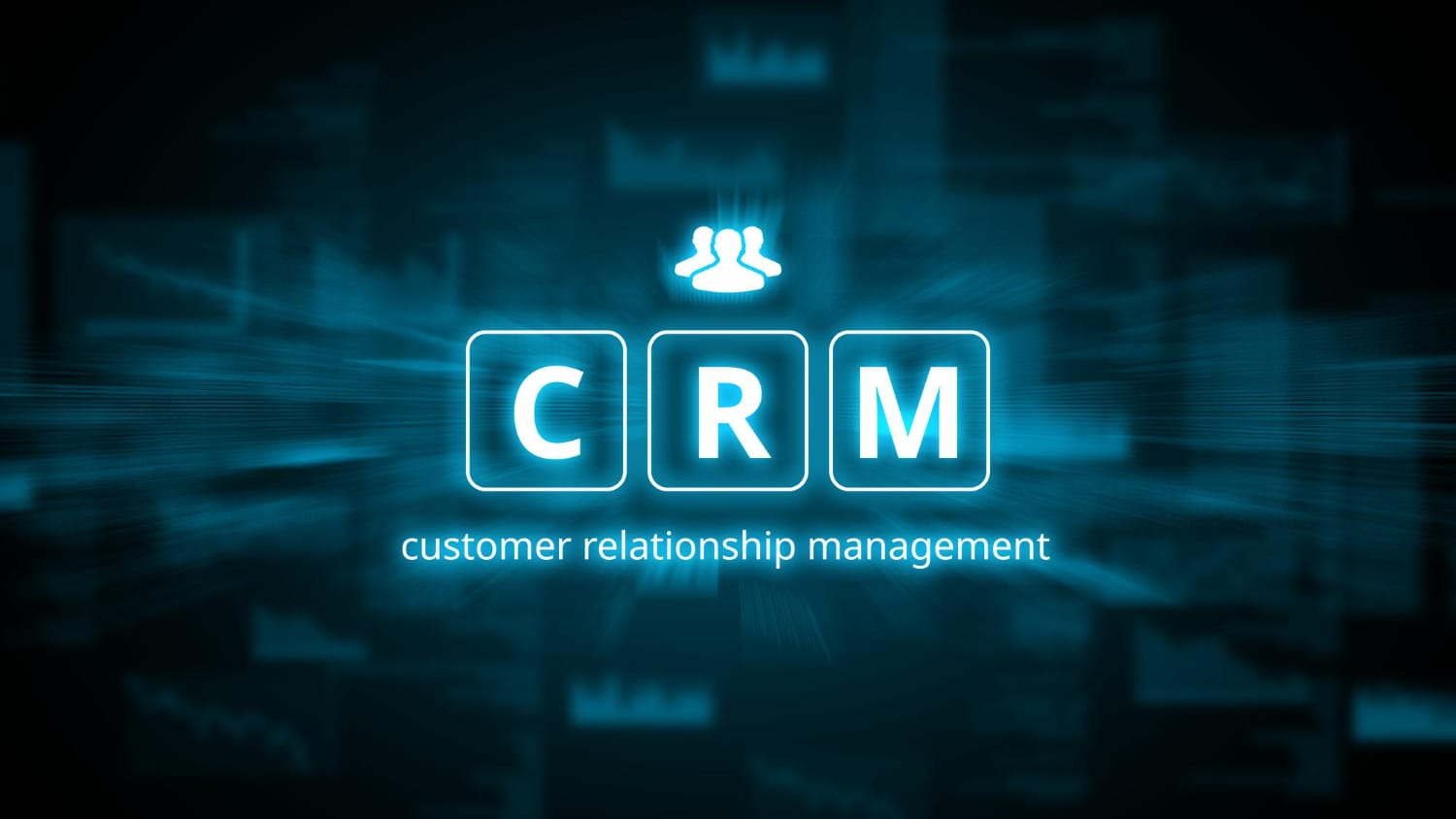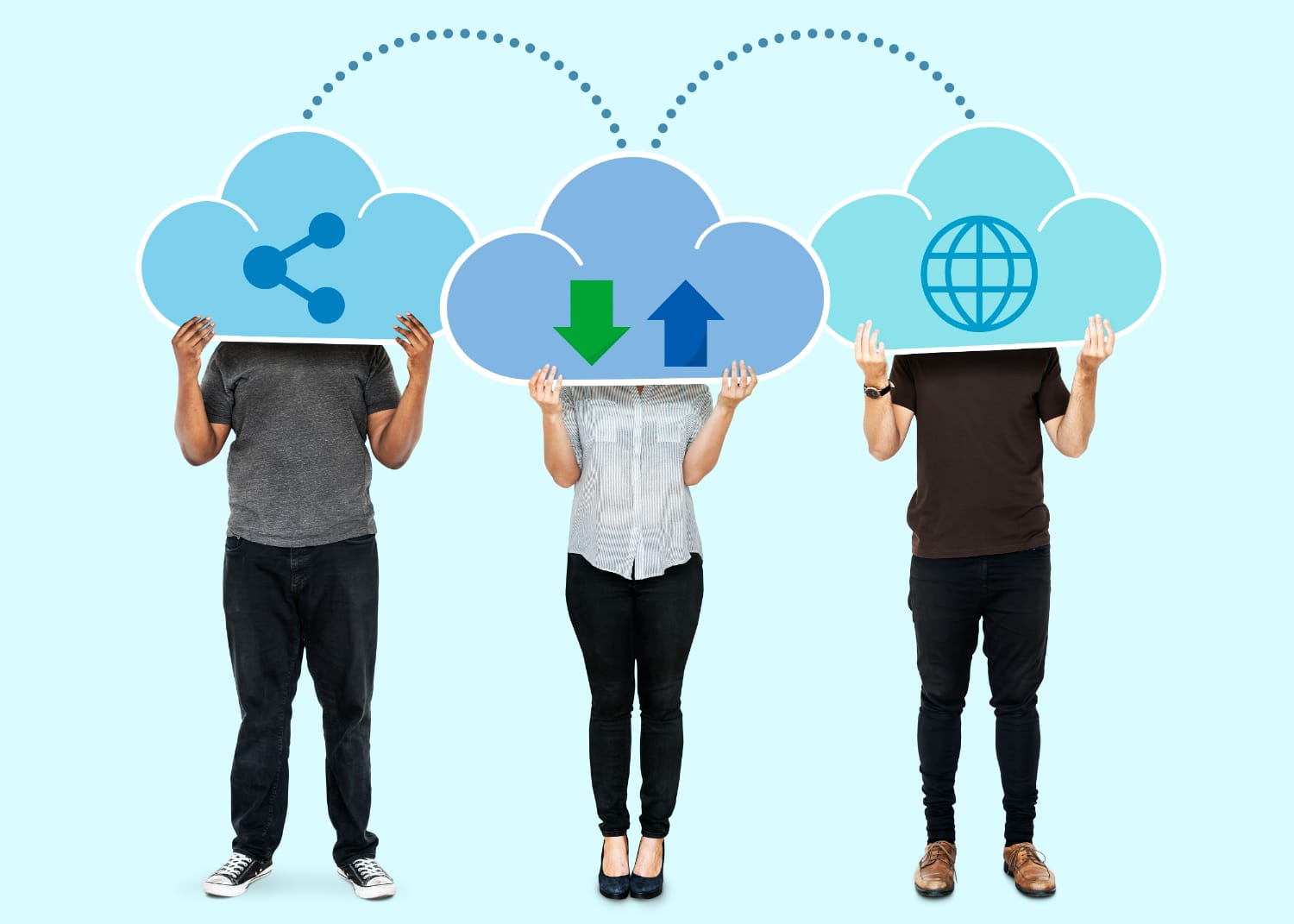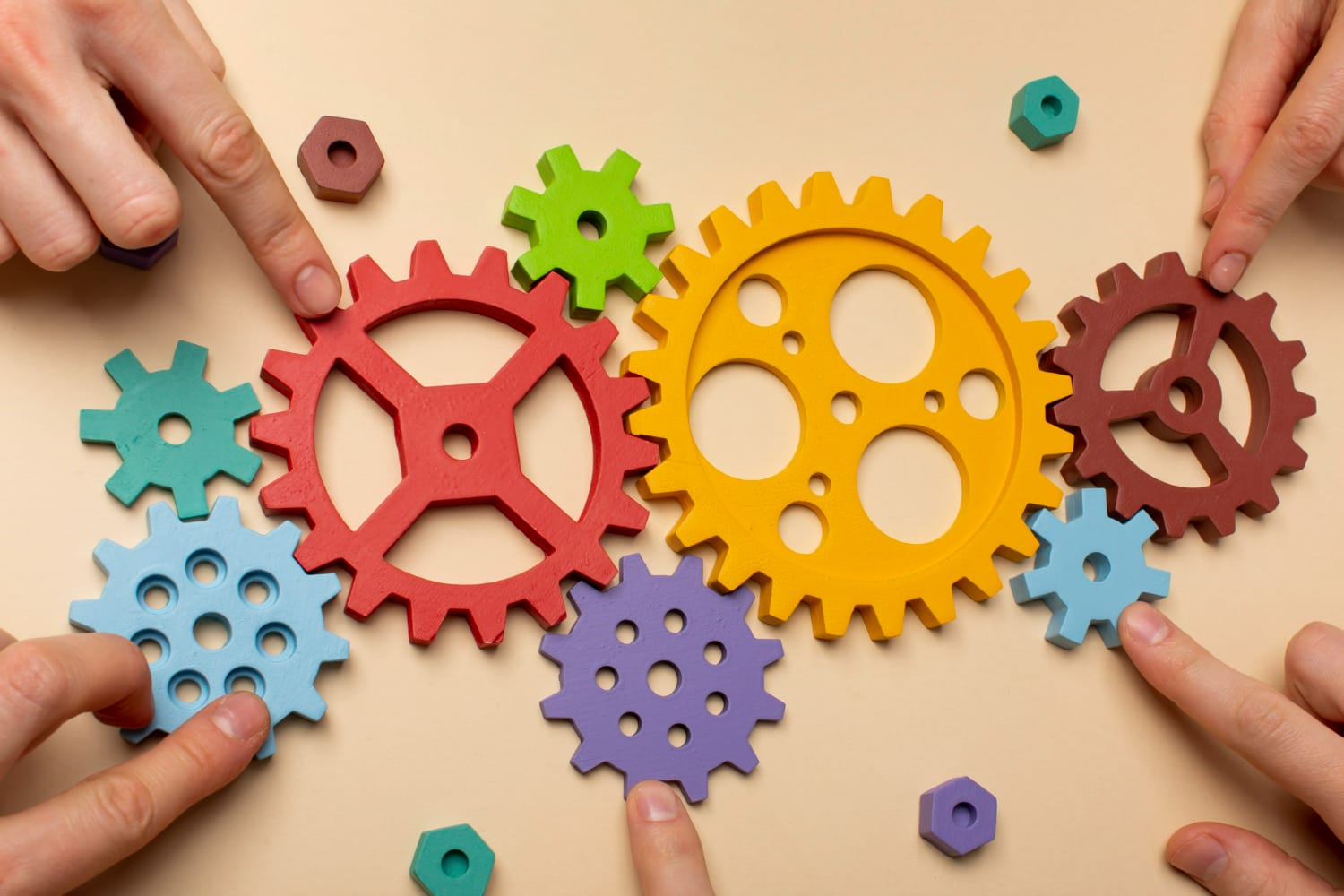4 Key Differences Between CRM and CDP

Customer data is becoming increasingly vital in the business world. As data-driven personalization takes center stage, terms like CRM and CDP are popping up more frequently. But understanding the real differences between the two isn't always straightforward. In fact, choosing the right tool can have a direct impact on revenue—some businesses have seen up to a 600% increase in first-time and repeat purchases by leveraging CRM marketing effectively.
So what exactly are CRM (Customer Relationship Management) and CDP (Customer Data Platform), and where should marketers focus their attention?
In this article, we’ll break down what CRM and CDP actually mean, highlight their key differences, and explore how brands can use each system effectively—along with why CRM marketing automation is becoming a must-have in today’s marketing.
✅ A CRM focuses on managing customer relationships, while a CDP is designed to unify customer data across multiple channels.
✅ CRM data typically comes from sales and marketing activities and is used to run personalized campaigns. CDPs, on the other hand, automatically collect behavioral data from every touchpoint to build a 360-degree customer profile.
✅ CRMs are effective for driving repeat purchases and increasing customer lifetime value (LTV), while CDPs help deliver data-driven insights and a consistent omnichannel experience.
What Is CRM?

CRM, or Customer Relationship Management, refers to systems that help businesses manage and grow their relationships with customers. At its core, CRM is about tracking and organizing all interactions between a company and its customers to foster long-term loyalty. While this used to be done manually—sales reps jotting down notes or keeping spreadsheets of customer activity—modern CRM software automates and streamlines the entire process.
CRM acts as a central hub for customer data, including purchase history, support inquiries, feedback, and campaign responses. For example, being able to view a customer’s purchase behavior and support history in one place makes it far easier to identify preferences or pain points—and to respond with personalized offers or services. By keeping customer data organized and accessible, a CRM helps turn one-time buyers into loyal repeat customers.
Traditionally, CRMs were used mainly by sales and customer support teams. A sales rep might log lead details and track deal progress, while a support agent would record service tickets and follow-ups.
But in today’s marketing, marketers are increasingly using CRM systems to drive growth. Marketing teams segment customers based on CRM data and use automation to deliver targeted emails, SMS, and push notifications. For instance, VIP customers might receive early access to new products, while at-risk customers could be sent a discount code to encourage them to return.
The true power of CRM lies in personalized communication. From the customer’s perspective, it feels special when a brand remembers their past purchases and concerns. For the business, that personalized experience leads to higher retention and customer satisfaction. One global example: Coca-Cola reported a 20% boost in customer satisfaction and a 15% increase in revenue after implementing CRM—demonstrating how powerful customer-centric engagement can be.
Ultimately, CRM has become a core tool for improving retention and building lasting customer relationships in the digital age.
Looking for a CRM marketing platform for your business? Schedule a 1:1 consultation with one of our experts today by clicking the link!
What Is CDP?

A Customer Data Platform, or CDP, is a system designed to collect, unify, and manage customer data from multiple sources in one centralized place. Today’s customers interact with brands across various touchpoints—websites, mobile apps, physical stores, call centers, emails, and more. A CDP brings together this fragmented data to build a single, comprehensive view of each customer.
What sets a CDP apart is the breadth and depth of its data collection. It automatically pulls in data from different systems—like website clicks, in-app events, email opens and clicks, social media engagement—and ties them together at the individual customer level.
For example, let’s say Customer B first visits your website through a Facebook ad (anonymous data) and later creates an account and makes a purchase (identified data). A CDP can stitch those events together and recognize them as actions taken by the same person. This process is known as identity resolution or customer identification.
For marketers, the key value of a CDP lies in the insights it delivers. While a CRM focuses on managing communication with existing customers, a CDP captures and analyzes behavioral data across the entire customer journey—including prospects. This enables marketers to answer questions like:
- Which acquisition channels drive the highest conversion rates?
- What products are frequently abandoned in carts?
- Which segments are most responsive to email campaigns?
For instance, if Customer A viewed a product multiple times in your app last week but didn’t purchase, that insight could prompt a personalized recommendation or a re-engagement message.
The ultimate goal of a CDP is to turn raw data into actionable insights and personalized experiences. Marketers can use CDP-generated segments to launch highly targeted ad campaigns or send more relevant emails. Product teams and business leaders can also tap into CDP analytics to identify popular features or pinpoint friction points that lead to churn.
In short, a CDP helps you connect the dots across all customer interactions—giving your team a holistic understanding of who your customers are and how they behave.
4 Key Differences Between CRM and CDP

While both CRM and CDP systems deal with customer data, they serve different purposes and originate from different use cases. Let’s take a closer look at how they compare:
Data Collection: Scope and Method
CRMs primarily collect explicit data such as contact details, purchase history, and customer service interactions—information typically provided by the customer or manually entered by sales or support teams. This data is usually structured and captured in a relatively manual fashion.
CDPs, on the other hand, specialize in collecting behavioral data automatically and at scale. This includes website activity, clickstreams, mobile app usage, offline point-of-sale data, and more. CDPs unify all of this fragmented information in real time, giving marketers a much broader and deeper view of both known and anonymous users. In short, while CRMs focus on storing key data about existing customers, CDPs are built to capture and unify data from every stage of the customer journey, including prospects.
Primary Users and Teams Involved
Historically, CRMs have been used by frontline teams—like sales and customer service—to manage direct interactions with customers. Sales teams track leads and deal progress, while support teams log tickets and resolutions.
In recent years, marketing teams have increasingly adopted CRM systems for segmentation and personalized outreach via email, SMS, or push notifications. CDPs, however, are mainly used by marketing strategists, data analysts, and IT teams. Marketers use CDP insights to develop campaigns and craft customer experiences, while IT or data teams manage the data integration across systems. Simply put:
- CRM = day-to-day tool for frontline operations
- CDP = strategic tool for marketing and data teams
Core Purpose and Impact
The main goal of a CRM is to build and maintain strong one-on-one relationships with customers—driving retention, loyalty, and revenue through personalized communication. For example, sending a birthday message and coupon to a VIP customer via CRM can result in a repeat purchase and increased satisfaction.
CDPs, on the other hand, are built to turn raw customer data into strategic insights. By analyzing patterns across large datasets, CDPs help answer questions like:
- “Which customer segments convert best?”
- “What behaviors lead to churn?”
- “Which products are often browsed but rarely purchased?”
This kind of insight can inform UX improvements, retargeting campaigns, and product decisions. While CRM focuses on how to engage each customer, CDP focuses on what we can learn from all customer data.
Execution & Activation
Another key difference is how each system turns insights into action. CRMs often come with built-in tools for direct communication—such as email marketing, SMS, or chat integrations—allowing marketers to act on data within the same platform. For example, a CRM can identify customers who haven’t purchased in 3 months and automatically send a re-engagement email or a loyalty reward.
CDPs are more about feeding enriched customer data into other systems. The segments created in a CDP are typically exported to external platforms like email marketing tools, ad networks, or customer engagement platforms. While this makes CDPs incredibly powerful for unified personalization across channels, they often require integration with other tools to launch actual campaigns.
Thankfully, many modern marketing platforms now offer seamless CDP integrations, making it easier than ever to activate insights across various touchpoints.
CRM + CDP: Better Together for Smarter Marketing

CRM and CDP aren’t mutually exclusive—in fact, they work best when used together. Many enterprises leverage both systems to build a 360-degree view of their customers and turn insights into action.
Take, for example, an online fashion retailer using a CDP to collect data from its website, mobile app, and offline stores. The CDP might reveal that Customer A primarily shops through the mobile app and tends to buy athletic wear every six months. With that insight, the CRM can be used to send A personalized messages—like early notifications about new arrivals in athletic wear or loyalty rewards tailored to their shopping habits.
This combination of CDP insights and CRM execution allows for a seamless marketing workflow—from data collection and analysis to customer engagement and conversion.
That said, not every business needs both systems from day one. For small to mid-sized brands, starting with a CRM may be the more practical choice. CDPs require a significant investment of time, budget, and data volume to be truly effective—along with dedicated technical resources. On the other hand, CRM systems are typically easier to implement and provide faster ROI, especially when used for personalized outreach and marketing automation.
The key takeaway? The ultimate goal of customer data is action. No matter how sophisticated your dashboards or analytics are, if you’re not turning insights into personalized customer engagement, it won’t move the needle on revenue. That’s why CRM marketing automation remains a powerful and efficient tool—it helps businesses drive results with minimal effort by acting on the data they already have.
Final Thoughts
In summary, it’s no longer about who spends more on ads—it’s about who builds stronger customer relationships.
So, which matters more—CRM or CDP?
The answer: Both are important, but timing and strategy matter.
For most brands, the most practical approach is to start with a CRM to deliver value through personalized marketing to existing customers. As your business grows and your data scales, integrating a CDP for deeper behavioral insights and advanced segmentation can be a smart next step.
The good news? The line between CRM and CDP is starting to blur thanks to modern, integrated solutions.
FlareLane has combined CRM automation with lightweight behavioral data tracking. With just a single line of code, you can connect web and app behavior, segment customers based on actions, and launch personalized campaigns across channels—without the need for a standalone CDP. Better yet, customer response data feeds back into the system, creating a self-optimizing marketing loop.
Want to dive deeper into CRM marketing? Check out the article below.
👉 Read more: 5 Common Misconceptions About CRM Marketing
👉 Read more: 5 Proven Strategies to Boost Customer Engagement
👉 Read more: Why CRM Software Is Important for Small Businesses


